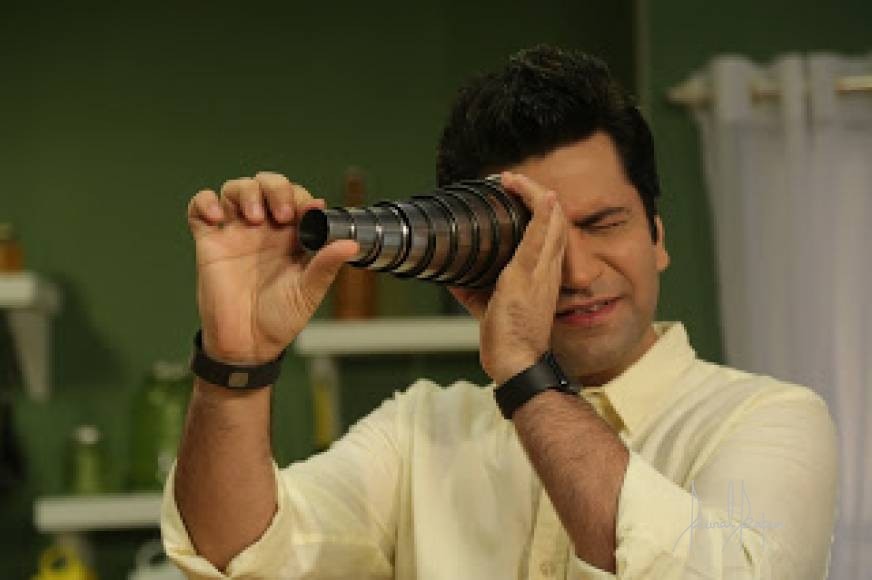Difference between Cleaning and Sanitizing
As part of our growing up I am sure we all are used to hearing to this, “Khana Khanae Se Pehle Haat Saaf karo” (Clean your hands before you begin to eat) and that occasional shout across the house right through the noise of the shower, by the mother “Remember to clean behind the Ears”. My mother being much disciplined on cleanliness still loves to say that to everyone in the family. It has become like a thanks giving prayer that chants through my mother before every meal.
Honestly growing up I always resisted it as it sounded another task at hand before one could pounce upon food, especially when hunger would be at its peak. Well, I never in my wildest dream realised that one day this process of cleaning and sanitizing will become the most strict norm of my career and that I (of all) who was a rebel at that will become a responsible custodian of Food Safety and Hygiene.
Now that I have mentioned cleaning and sanitizing together, clearly both the words have different meaning. In simple words Cleaning ensures removal of dirt and sanitizing is a process of the removal (complete or with in safe limits) of hazards causing bacteria or pathogens. About a decade agowhen I was still a fresh graduate from Hotel management and was new to professional kitchens,there was a one liner that was very popular among all chefs; “CLEAN AS YOU WORK”. It had a profound meaning, which ment that as you work make sure to clean yourself, clean the vegetables and fruits, chopping boards, knives, table tops, equipments, kitchen floor etc. but now with the implementation of international Food Aafety standards like the HACCP and ISO 22000 in big food establishments like one I am working with, the one liner goes like this “CLEAN & SANITIZE AS YOU WORK”. Which means don’t just clean but remove harmfull bacteria as well.
HACCP stands for Hazard Analysis And Critical Control Point. It is a highly methodical system which lays down clearly procedures and measuresto ensure complete food safetyright from the FARM to the FORK. It is a detailed process by which one can establish and analyse possiblefood hazards that may occur in the food chain from its production to its final journey on a plate. It further establishes critical control points so that the occurance of any hazard can be controlled to ensure copmpletely safe food everytime.
HACCP has a very interesting story on how it started. It was first introduced by NASA for its manned space flights. The purpose was to ensure a completely safe and hygenic food for the astronauts as their health was of prime importanceand was directly related to the success of the sapce mission. Ever since with the success of HACCP in the space programme, HACCP was introduced for food safety norms back on earth.
In India almost all good 5star hotels are either HACCp or ISO 22000 certified or are in the process of accquiring the same. This has become of prime importance for international to enquire if the hotel has a food safety plan in place and only then book the hotel. Though in India it is still not mandatory to have it which is a sorry state as we are still struggling to get our food safety bill passed in the parliament. If the food safety bill gets a nod in India then it means closing down of many eateries and hawker stalls immdiately as they will not qualify as safe producing eatablishments. The only way out for them will be to work as per the guidelines laid by HACCP (or any other similar body) and serve 100% safe food for consumption.
HACCP has 7 principles that every establishment has to adhere to in order to qualify for certification. The beauty about these principles is that they are very simple to understand and all are interlinked to each other.
- 1. Conduct a hazard analysis – establish the hazards that can be dangerous for the safety of food and determine steps to control them.
- 2. Identify Critical Control Points (CCP) – Critical Control Point in the process of food production is the point where if there is neglect, the food will not remain fit to consume.
- 3. Critical limit for each CCP – For the control of a CCP an upper ans a lower limit is established beyond which food enters danger zone of contamination.
- 4. Establish CCP Monitering Requirements – Once the CCP is estabblished and critical limits are decided, then the process of production requires constant monitering, so as to adhere to standards and avoid deviation.
- 5. Establish Corrective Action – If there is any deviation from the prescribed critical limit then it has to be followed up with a corrective action to bring back food to safe zone.
- 6. Establish Procedures for Ensuring HACCP is working as required – Auditing the system of production and HACCP from time to time ensures that food establishments are doing what they are required to do as per food safety norms.
- 7. Establish record keeping – HACCP requires all the CCP, their limits, Porduction, standards, deviations, corrective actions to be determined and made open to everyone involved in the food production procedure.
Though this might sound technical but it is really all about getting used to practising food safety habbits which ensures a cleaner, hygenic, safe and nutritious food for all.

